Spinal Decompression Therapy in Seattle – Green Lake & West Seattle Clinics
What Is Non-Surgical Spinal Decompression Therapy in Seattle?
Non-surgical spinal decompression therapy (NSDT) is a safe chronic neck and back pain treatment offering an alternative to pain medication, muscle injections and invasive surgery.
Spinal decompression treatment is designed to relieve pressure on the spinal nerves and spinal cord by gently stretching and decompressing the spine. This non-invasive and painless procedure has proven to be highly effective in treating various spinal conditions such as herniated discs, disc degeneration, sciatica, and pinched nerves.
With spinal decompression, you can get back to living your fullest life.
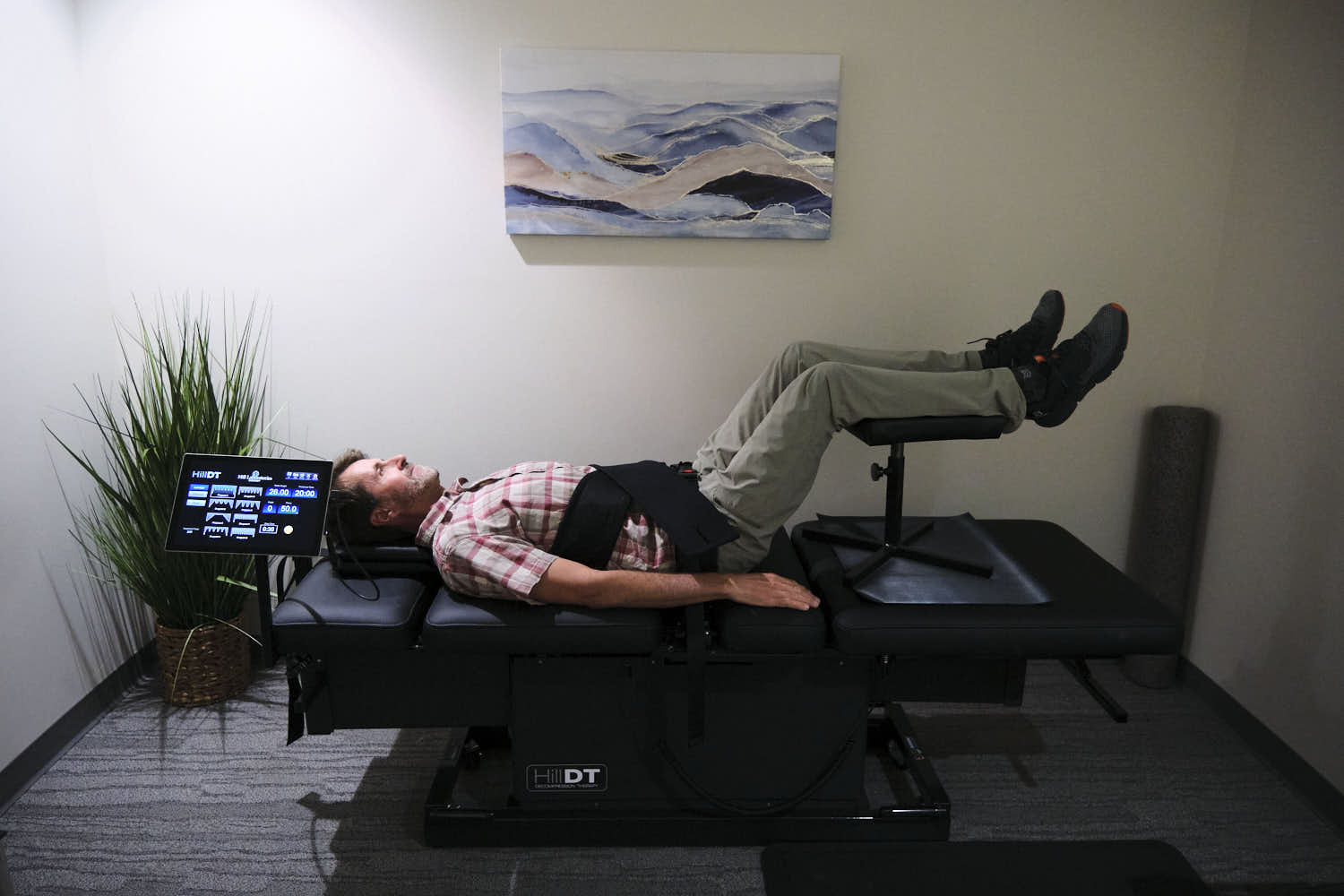
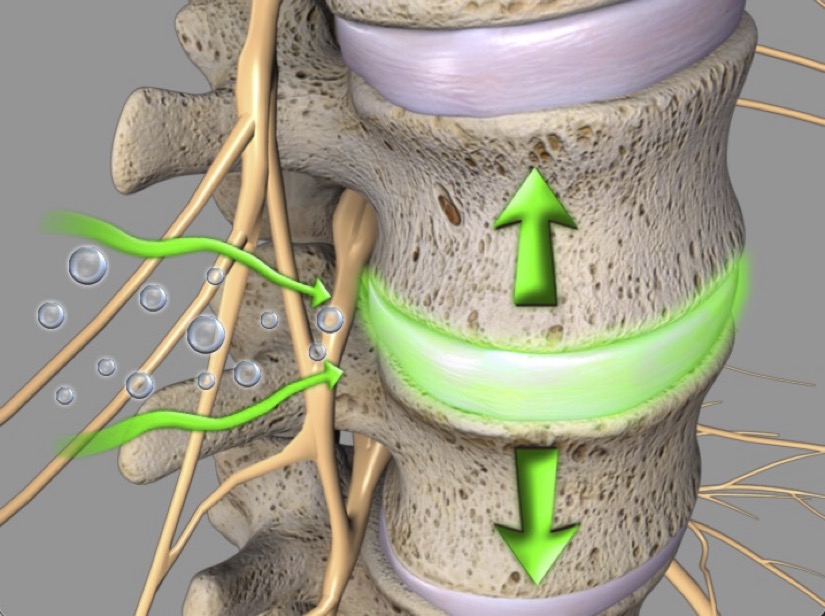
How Spinal Decompression Therapy Works for Seattle Patients
When a disc bulges or herniates, the soft inner material pushes outward against the disc wall. The disc can then press on nearby spinal nerves, leading to pain, numbness, tingling, or weakness.
Spinal decompression therapy involves the use of precise motorized traction, delivered by a specialized table, to gently stretch the spine and relieve pressure on spinal structures. The therapy works by creating negative pressure within the discs, which helps to promote the flow of water and nutrients into the affected areas. As a result, bulging or herniated discs may retract, easing pressure on spinal nerves (Choi et al., 2022). The movement of water and nutrients into the discs fosters their healing, offering a straightforward yet effective approach to spinal care.
Patients undergoing spinal decompression can expect to experience improved mobility, relief from pain, and improved quality of life.
Who Is Spinal Decompression Treatment For?
Spinal decompression is ideal for individuals experiencing chronic back and neck pain, especially those who have not found relief through conventional treatments or have undergone unsuccessful back or neck surgery. Common conditions treated with spinal decompression therapy at Tangelo are listed below.
Other Common Conditions Treated:
Wondering if spinal decompression is right for you?
How Will I Know If I’m a Good Candidate
History
We’ll start with a conversation about your back health, daily activities, and goals. If you have imaging, your provider will review it with you—but no worries if you don’t. This thorough discussion helps us determine if spinal decompression is the right option for you.
Examination
Your provider will perform an orthopedic examination. They will also assess your posture, mobility, and spinal alignment to guide your personalized plan of care. Our goal is to create clarity of your condition and make sense of your symptoms. This will allow the doctor to prescribe a specific care plan for your condition. At this time, your doctor will determine if you are a candidate for spinal decompression therapy and will review your specific protocol.
Our team can review your history and determine if decompression is appropriate for you.
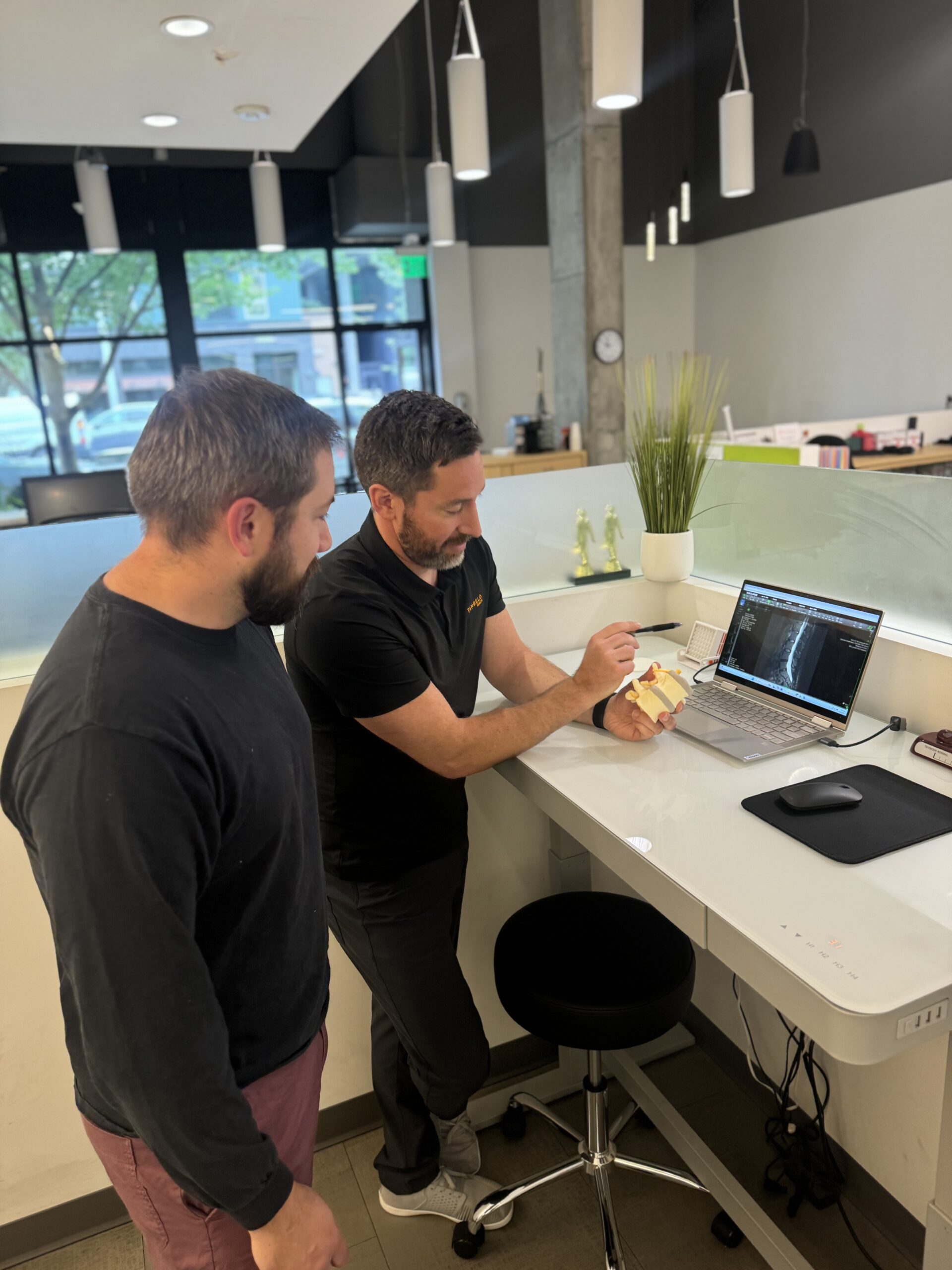
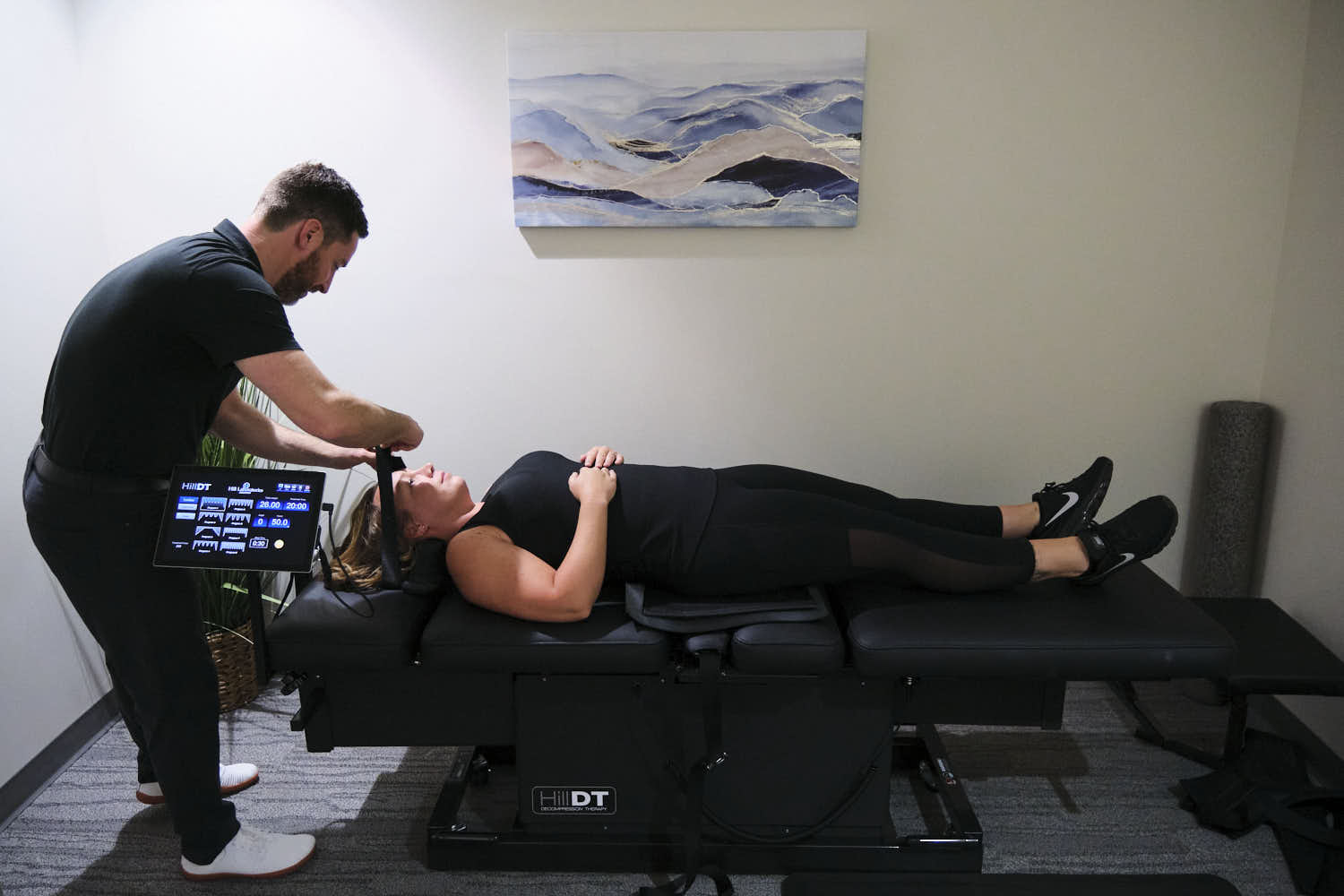
What to Expect During Your First Spinal Decompression Visit
1st Decompression Session
You’ll be placed comfortably on a decompression table. This state-of-the-art technology gently applies mechanical decompression, creating a controlled stretch that reduces pressure on spinal nerves and discs. Treatment sessions are anywhere from 15–25 minutes, depending on your specific condition.
Post-Session Guidance
Many patients return to their daily routines immediately after a session. Depending on your needs, your provider may also recommend low back stretches, mobility exercises, or posture correction exercises to enhance results.
Follow-Up Protocol
At Tangelo, our protocol requires periodic re-evaluations by your doctor to track your progress and make appropriate treatment modifications (if necessary) to ensure a positive outcome. We integrate state-of-the-art technology with modern techniques to match your specific condition.
The Tangelo Method: Integrated Spinal Care in Seattle, Green Lake & West Seattle
Spinal decompression at Tangelo is part of the Tangelo Method — an integrated approach that combines chiropractic care, rehabilitation, and supportive therapies.
By pairing decompression with functional movement training, we go beyond symptom relief to encourage long-term spine health. This model helps Seattle residents not only address discomfort but also build habits that support lasting mobility and wellness.
Your care plan may also include:
- Targeted exercises for disc rehabilitation
- Posture correction strategies for daily activities
- Spinal alignment therapy for improved mobility
- Education on maintaining spinal health over time
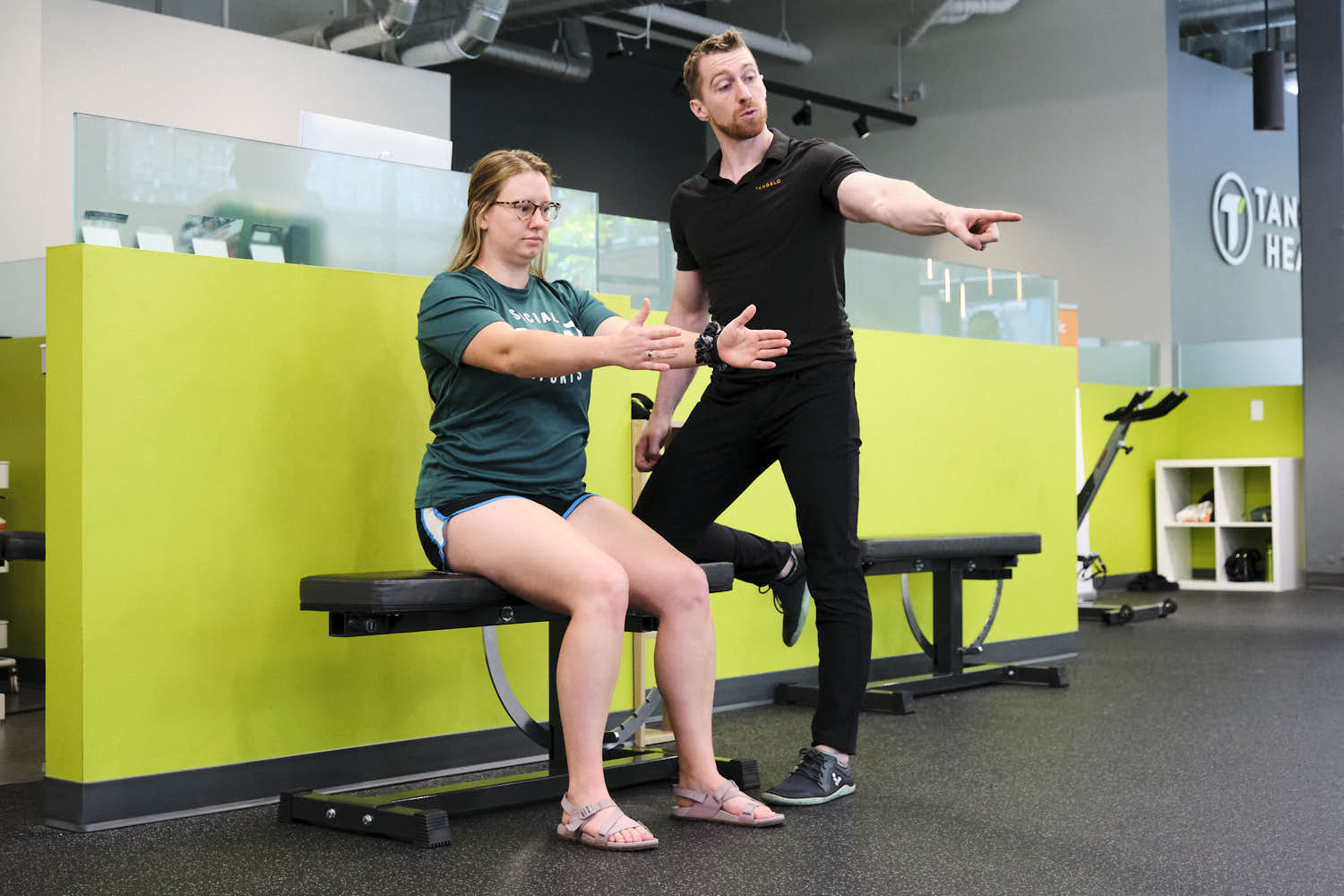
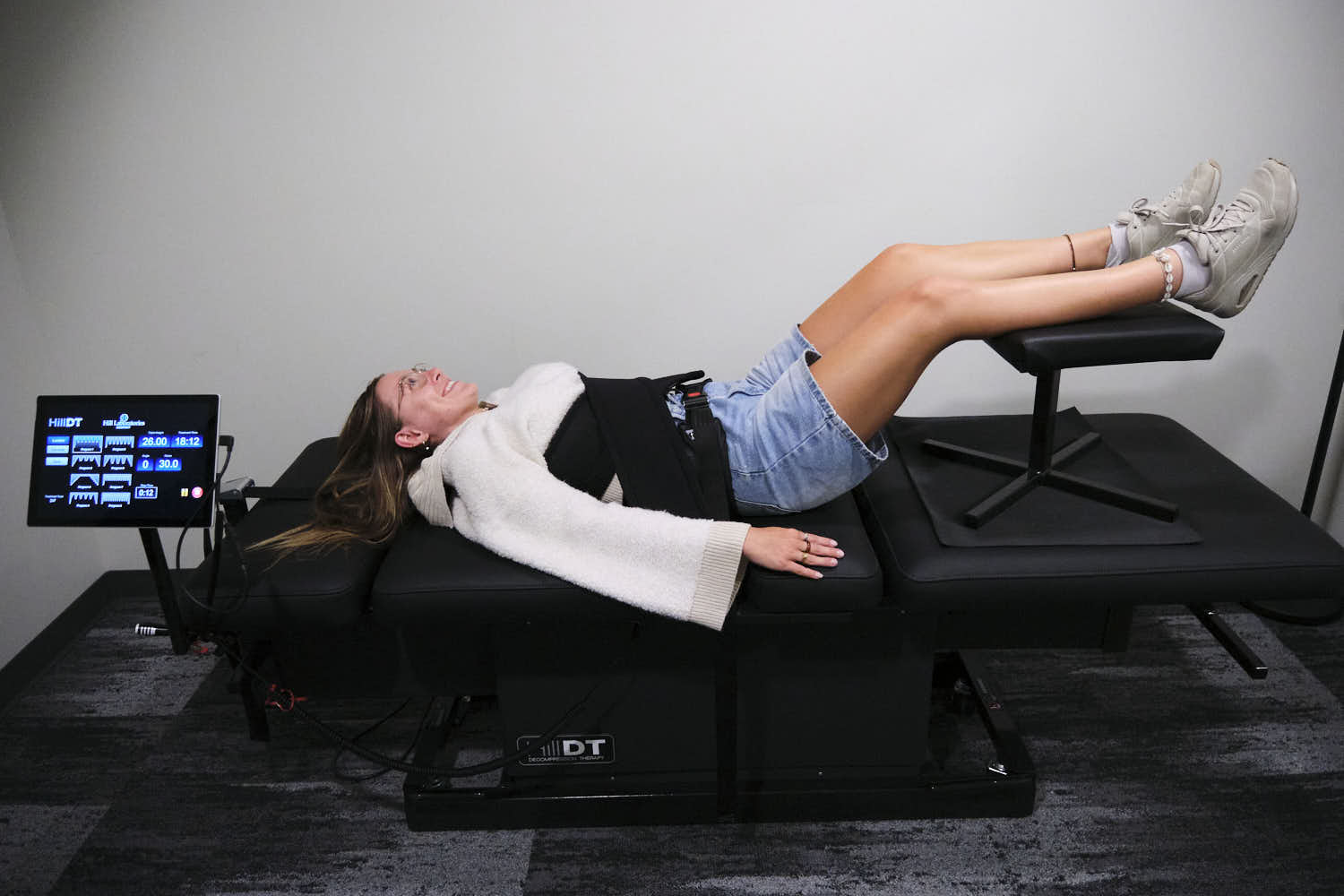
Why Seattle Patients Choose Tangelo For Spinal Decompression Therapy
Patients opt for spinal decompression therapy for its non-invasive approach and its effectiveness in treating persistent pain without the need for drugs or surgery. Expected outcomes include significant pain relief, increased mobility, and a return to normal daily activities.
Many patients choose Tangelo because we offer:
- Personalized plans from experienced spine therapists
- Comfortable sessions with a modern decompression machine
- Flexible scheduling in two Seattle neighborhoods
- An integrated model that may include posture correction and rehabilitation exercises
With two convenient locations in Green Lake and West Seattle, Tangelo has become a trusted part of the Seattle community. Across both clinics, patients have left nearly 600 five-star reviews, praising the state-of-the-art techniques, evidence-informed care, and welcoming team.
Seattle residents visit Tangelo for an integrated, non-surgical approach to spine care.
How Spinal Decompression Supports Long-Term Back Health in Seattle
Many Seattle residents use spinal decompression therapy as part of a larger health plan, not only for short-term relief. Ongoing sessions can help:
- Alleviate chronic pain
- Encourage better posture during work and activity
- Reduce pressure on spinal nerves and discs
- Support circulation and nutrient flow to spinal tissues
- Improve flexibility and range of motion
- Reduce tension linked to chronic back pain
- Contribute to long-term spine alignment and wellness
Spinal decompression is often chosen by patients looking to prevent spine surgery or reduce reliance on medication for ongoing back issues.
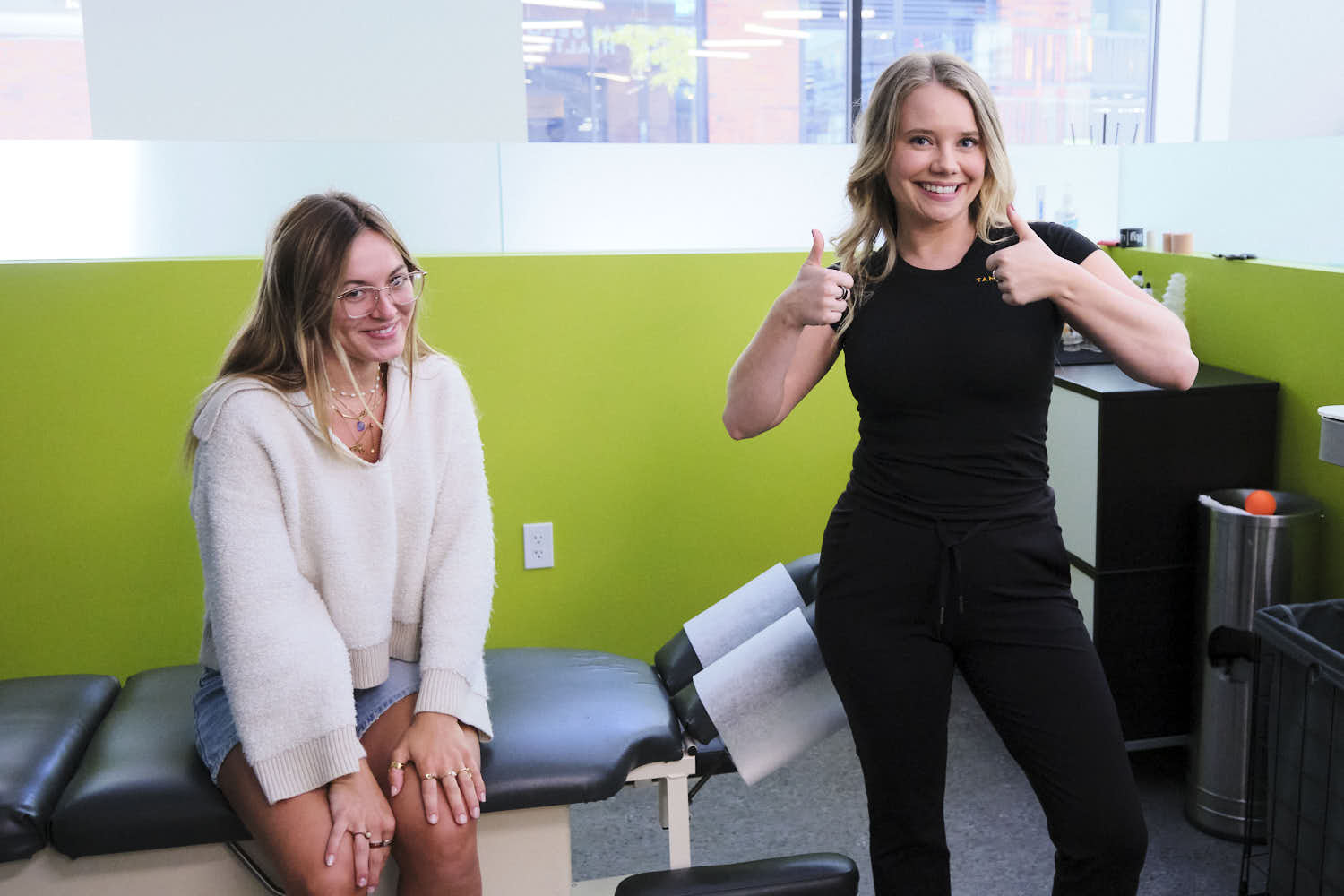
HEAR IT FROM OUR PATIENTS FIRST HAND
I have been back at least 10 times since, and that is no exaggeration! Dr Hilary and Von have been so incredible that I look forward to everyone of my appointments.
Winners of Seattle Met Top Doctor 2020 -2024
MEET TANGELO’S EXPERIENCED TEAM

Dr. Mike Smith

Dr. Hilary Darling
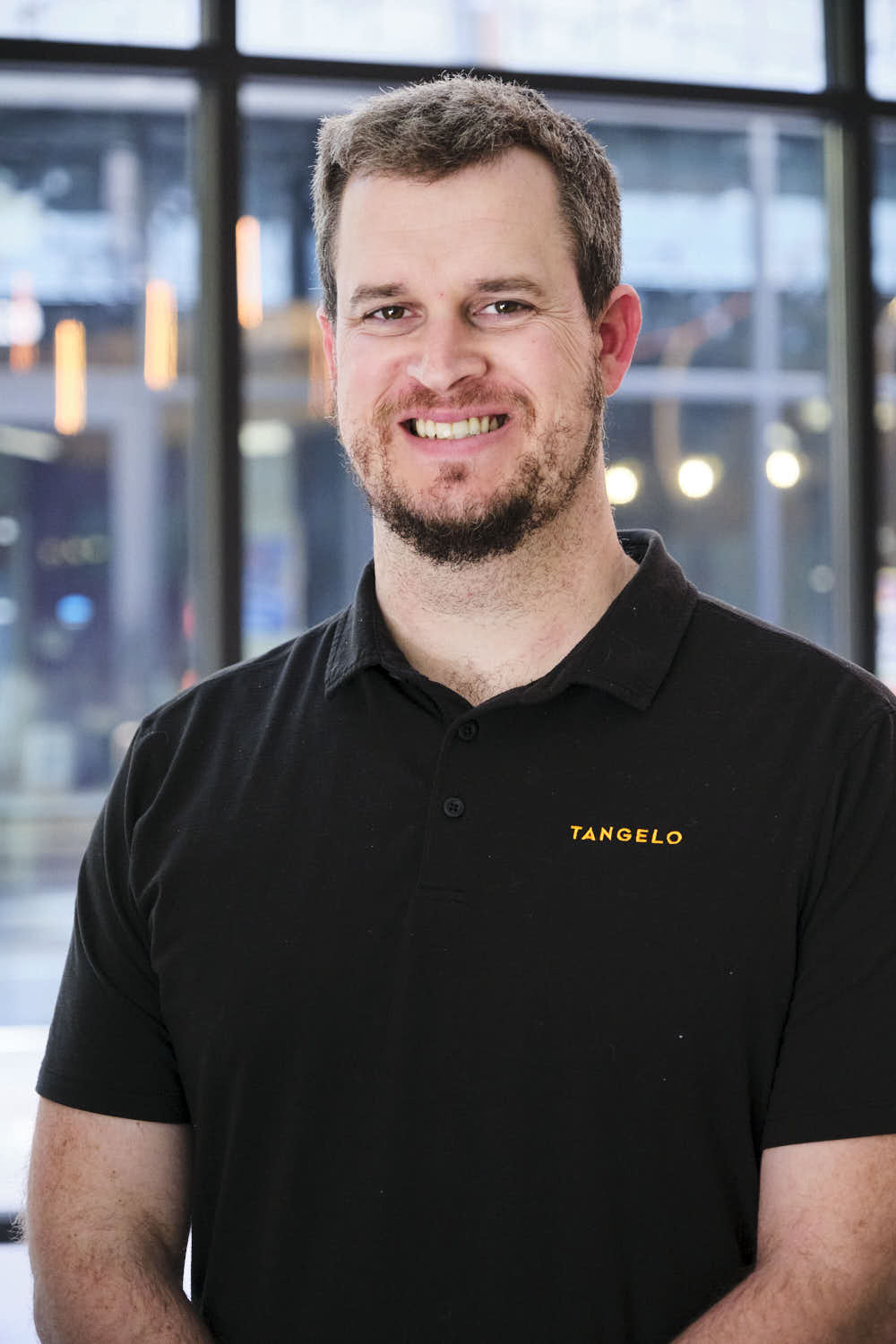
Dr. Bart Hand

Dr. Maya Shamsuddin

Dr. Mike Bourbonnais
Frequently Asked Questions
Does Medicare cover spinal decompression?
Coverage may vary depending on your plan. Medicare and some private insurance plans include chiropractic or therapy benefits that may apply. Our team can verify your benefits before you begin.
How long does it take to decompress the spine?
Each session typically lasts anywhere from 15-25 minutes, depending on your specific condition. A series of visits over several weeks is typically recommended for optimal results.
Are there any risks or side effects I should know about?
Spinal decompression is considered safe and non-invasive. Most patients experience no side effects, though mild muscle soreness may occur as the spine adjusts.
How much does spinal decompression therapy cost?
Costs vary depending on the number of sessions recommended in your treatment plan. This will be determined by the doctor based on your condition and severity, but typically, it’s anywhere from 20-30 visits over approximately 90 days.
Does spinal decompression work?
Most patients start to feel changes within the first two weeks. The treatment works by reducing pressure on spinal nerves and creating space within the spine to support natural healing. Check out popular clinical studies below.
Are the results long-lasting?
Absolutely. Once the disc is healed, you can typically go back to doing your normal activities. At Tangelo, we develop a specific active care and corrective exercise program to complement your treatment and ensure long-term success. Research shows an 85%-91% success rate when patients complete our prescribed protocol (Leslie et al., 2008).
National Library of Medicine
In a 2022 randomized controlled trial, patients with subacute lumbar disc herniations who received nonsurgical spinal decompression therapy (NSDT) reported significantly less leg pain compared to those who received placebo treatment.
Imaging showed that, on average, the decompression group had nearly a 28% reduction in disc herniation size compared to about 7% in the control group.
More than a quarter of patients in the decompression group even experienced over a 50% reduction, while none in the control group did. These findings suggest decompression can not only relieve symptoms but also help correct the underlying disc problem (Choi et al., 2022).
BMC Musculoskeletal Disorders
In a 2022 clinical trial, patients who completed 12 sessions of non-surgical spinal decompression therapy (NSDT) with routine physical therapy improved more than those who did therapy alone.
Disability scores improved by 14.7 points versus 10.3, back endurance increased by 42.5 seconds compared to 24.3 seconds, and flexibility in forward bending improved by 3.2 cm compared to 0.8 cm in controls. On quality-of-life surveys, NSDT patients also reported a 14.3-point reduction in bodily pain versus 7.1 points in controls. After just 4 weeks, patients had less pain, stronger backs, better mobility, and an improved quality of life (Amjad et al., 2022).
What is the difference between traditional traction and NSDT?
Traction is static and non-specific, stretching the entire lumbar or cervical spine and holding that position without movement. It can also cause reflexive muscle tightening or spasms.
In contrast, non-surgical spinal decompression therapy (NSDT) is highly targeted and dynamic, focusing on the injured disc level with gentle pull-and-release cycles that create a vacuum effect and rehydrate the disc. NSDT uses computer-controlled adjustments to gradually increase traction in precise increments, allowing paraspinal muscles to stay relaxed and enabling a more effective therapeutic level of decompression (Choi et al., 2022).
Your Seattle Spinal Decompression Clinics – Green Lake & West Seattle
We proudly provide spinal decompression in Seattle at two convenient locations:
Green Lake Chiropractic Clinic
7116 Woodlawn Ave NE, Seattle, WA 98115
Phone: (206) 522-6240
West Seattle Chiropractic Clinic
4755 Fauntleroy Way SW, Ste 120, Seattle, WA 98116
Phone: (206) 946-1323
Our clinics are designed to be bright, welcoming spaces where you feel supported throughout your visit.
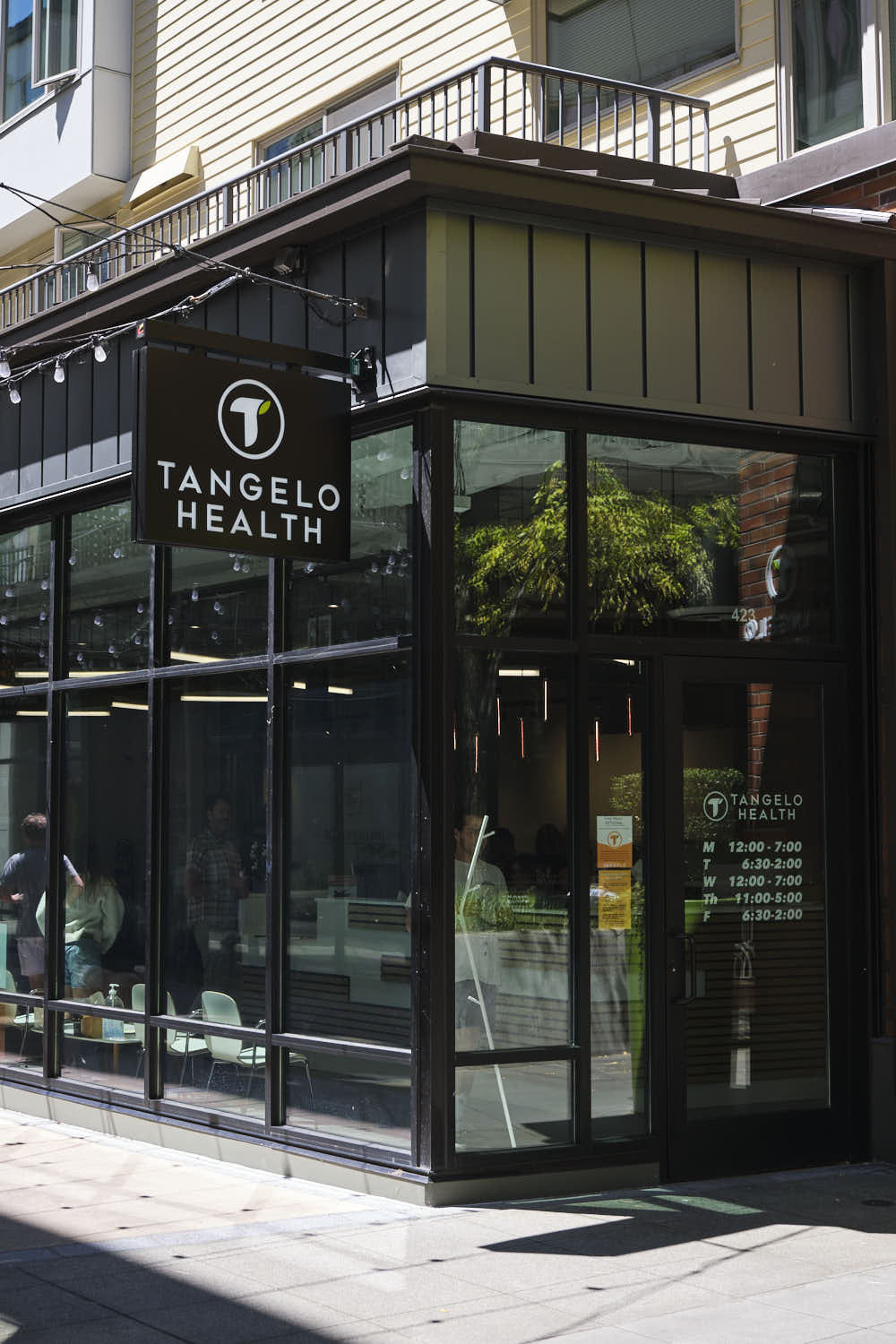
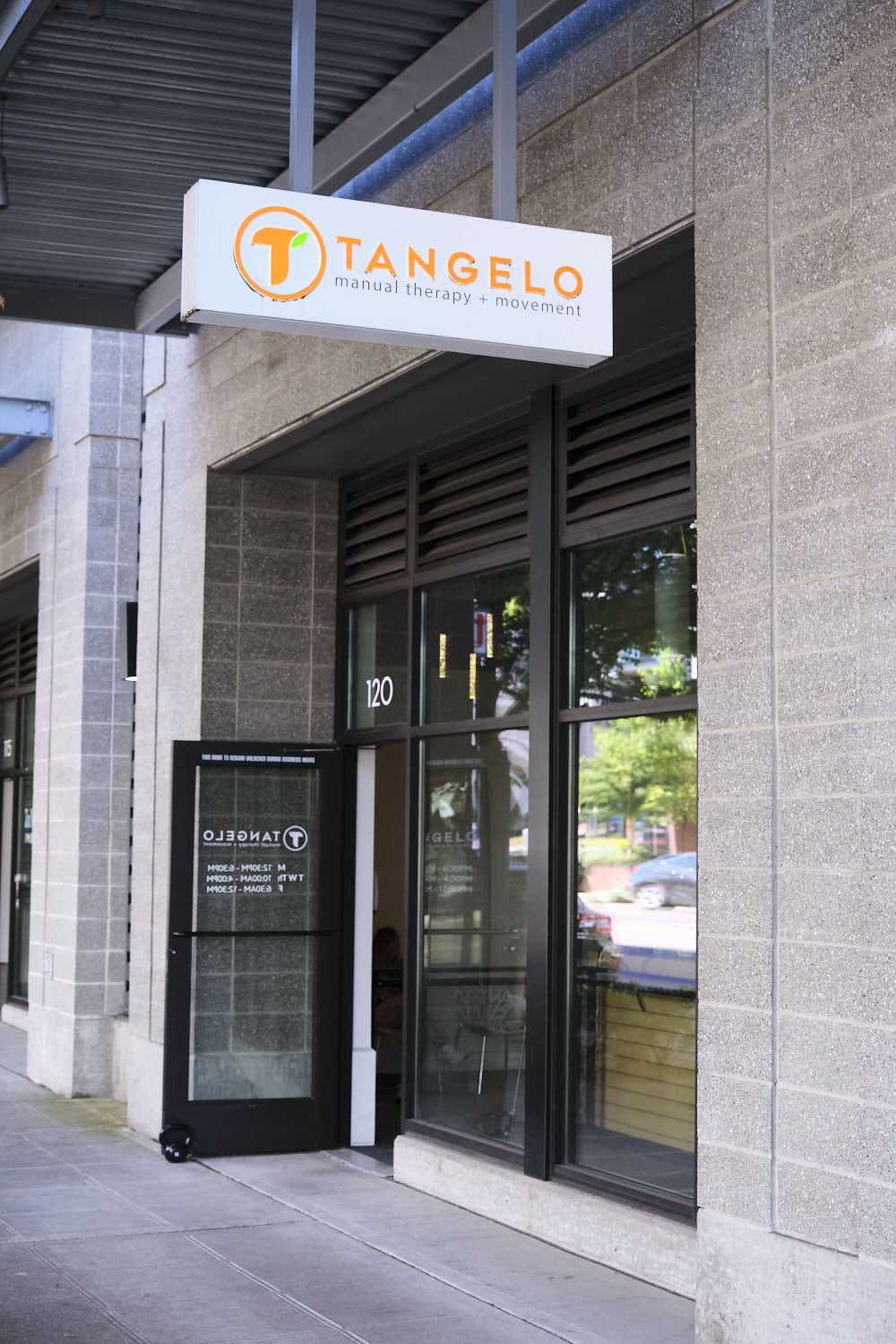
Book Your MRI Review in Seattle Today
If you are ready to explore how spinal decompression therapy in Seattle can support your back health, our team at Tangelo is here to help. Schedule a consultation today to learn more about your options and create a personalized plan tailored to your lifestyle.
Webinar: Spinal Decompression Therapy
Want to learn more about how spinal decompression therapy can help you?
Watch our webinar from Dr. Mike Smith to understand fully how spinal decompression works and how it can help alleviate your chronic back and neck pain.
Works Cited:
Choi E, Gil HY, Ju J, Han WK, Nahm FS, Lee PB. Effect of Nonsurgical Spinal Decompression on Intensity of Pain and Herniated Disc Volume in Subacute Lumbar Herniated Disc. Int J Clin Pract. 2022 Sep 19;2022:6343837. doi: 10.1155/2022/6343837. PMID: 36263240; PMCID: PMC9553669. https://pmc.ncbi.nlm.nih.gov/articles/PMC9553669/
Amjad, F., Mohseni-Bandpei, M.A., Gilani, S.A. et al. Effects of non-surgical decompression therapy in addition to routine physical therapy on pain, range of motion, endurance, functional disability and quality of life versus routine physical therapy alone in patients with lumbar radiculopathy; a randomized controlled trial. BMC Musculoskelet Disord 23, 255 (2022). https://doi.org/10.1186/s12891-022-05196-x
Leslie, J. B., Pergolizzi, J. V., Macario, A., Apfel, C. C., Clair, D., Richmond, C., Florio, F., & Auster, M. (2008). Prospective evaluation of the efficacy of spinal decompression via the DRX9000 for chronic low back pain. The Journal of Medicine, (September 2008). Print & Digital.